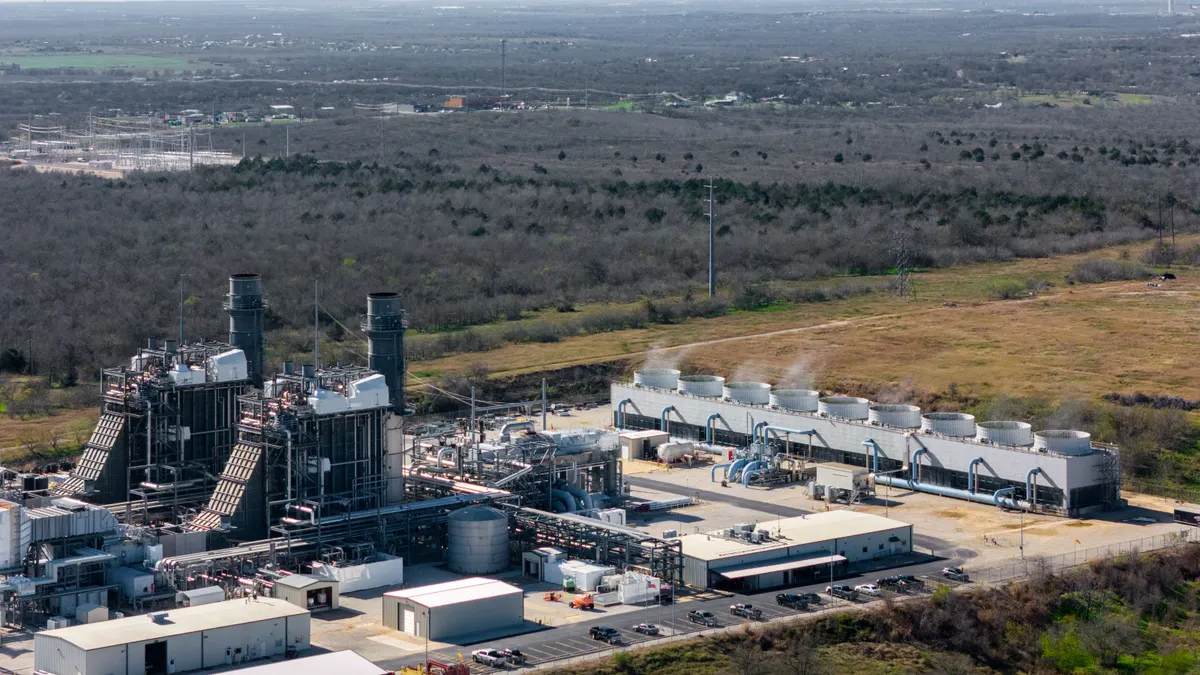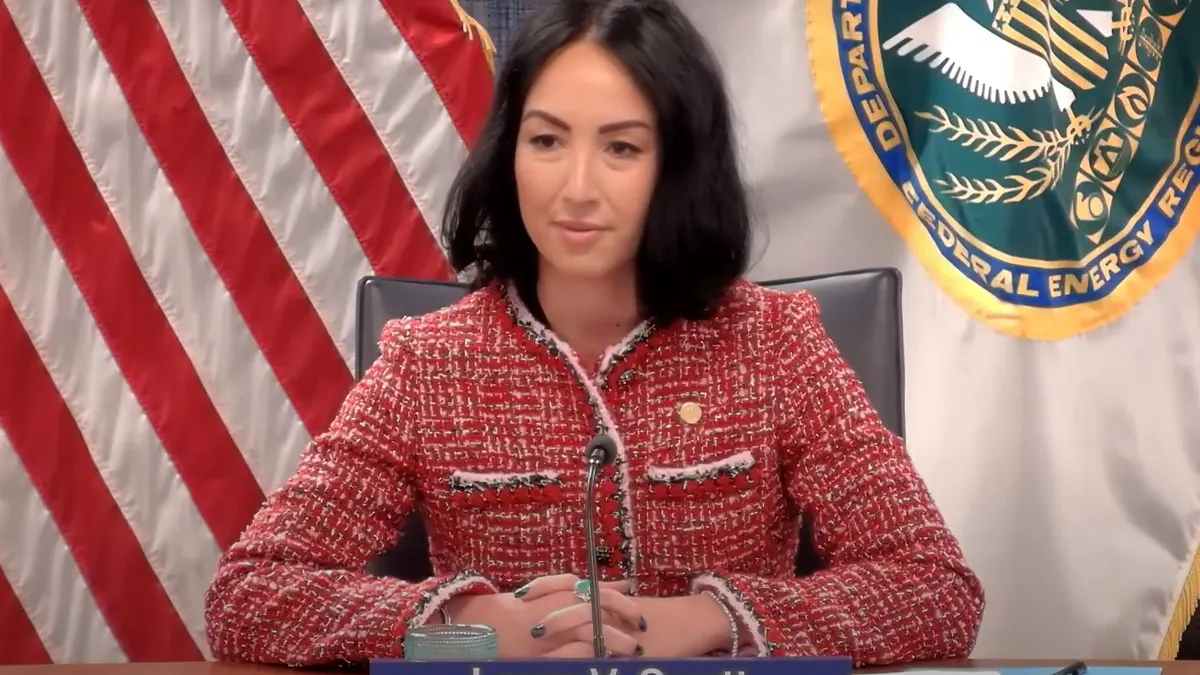Dive Brief:
-
Although investigations into the cause of January's Eaton Wildfire in Southern California remain ongoing, it seems “probable” that Southern California Edison will incur material losses in connection with the fire, Pedro Pizarro, president and CEO of parent company Edison International, told investors during a quarterly earnings call on Tuesday.
-
Preliminary evidence, disclosed in February by SCE, indicates the company's equipment may have been involved in starting the fire. To date, neither SCE nor third party investigators have identified solid evidence to suggest that another source could have ignited the fire, Pizarro said.
-
It could take 12 to 18 months for investigators to come to a conclusion about the cause of the fire, Pizarro said. Meanwhile, the company has opened discussions with state lawmakers about the future of California's wildfire insurance fund for utilities, which SCE plans to tap to pay any legal claims that may result from the fire.
Dive Insight:
Pizarro wouldn't rule out the possibility that the Eaton Fire could have been started by something other than SCE’s power lines. But three months after the fire began, the absence of any competing theories about its ignition suggest it is “probable” that the utility will be found liable for losses associated with the fire, he said.
SCE expects investigations into the cause of the fire to continue for a year or more and potential settlements with plaintiffs could be even further out, Pizarro said. The County of Los Angeles and the cities of Sierra Madre and Pasadena have already filed suit against SCE for damages related to the fire, which the California Department of Forestry and Fire Protection estimates burned 14,000 acres and destroyed more than 9,000 structures.
Pizarro declined to estimate the financial value of those damages, but said that third-party estimates he has seen remain within the scope of the California Wildfire Fund’s financial capacity. The recent occurrence of several catastrophic wildfires within a relatively short window of time has raised questions about whether the $21 billion fund will prove adequate to cover utilities' legal losses.
Experts who helped shape the fund also believe it should be able to cover the Eaton Fire damages, but worry it may not have enough left over to pay for the next catastrophic California wildfire.
But for the time being, Pizarro said he remains confident that SCE will be able to tap the fund to pay any claims resulting from the fire. The company will first draw on its own $1 billion self-insurance account before turning to the state-run insurance fund for reimbursement of wildfire related claims, he said. He saw no reason to believe SCE would be barred from accessing the fund, which should enable the company to avoid having to issue debt to pay legal claims.
“They've made it a very streamlined, straightforward process once you hit the point where you need to access” the fund, Maria Rigatti, chief financial officer for Edison International, said.
Pizarro said the company has opened discussions with California lawmakers about possible legislation to shore up the fund, and indicated that state policymakers seem to support the notion of expanding the fund to ensure it can continue to cover future wildfires. However, he said conversations remained in their early stages, and that it was too early to discuss exactly how the state will finance an expansion of the fund.
“We're just very committed to ... helping educate and to making sure that policymakers understand the implications here,” Pizarro said. “This is ultimately about how do we maintain safety for our communities and do it at the lowest cost possible to customers. And so we're making sure that, for example, people understand the impacts that actions from the shareholder side can have on the cost of debt, on credit ratings and therefore, to customer cost — so I think that's still in the that early phase of getting arms around the topic.”














